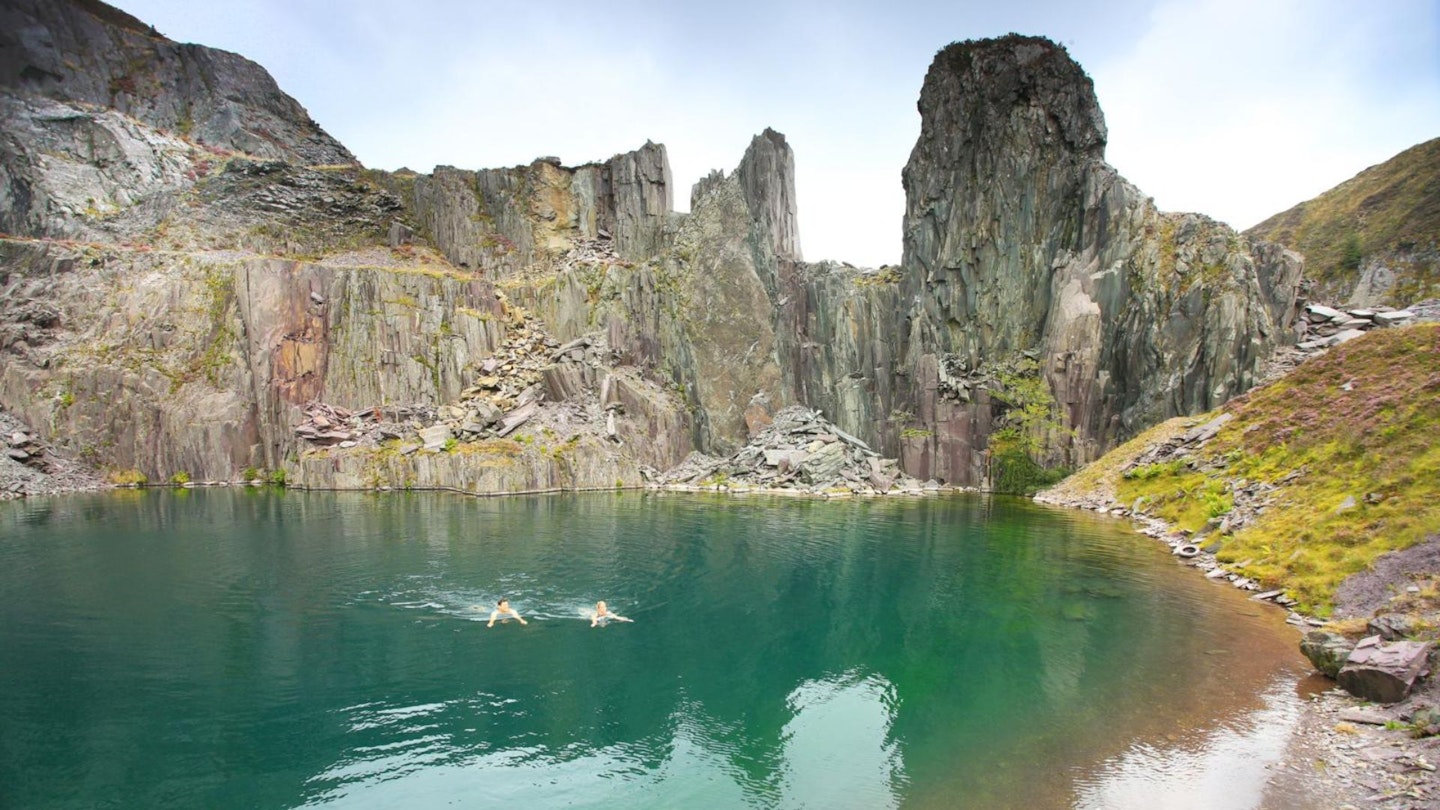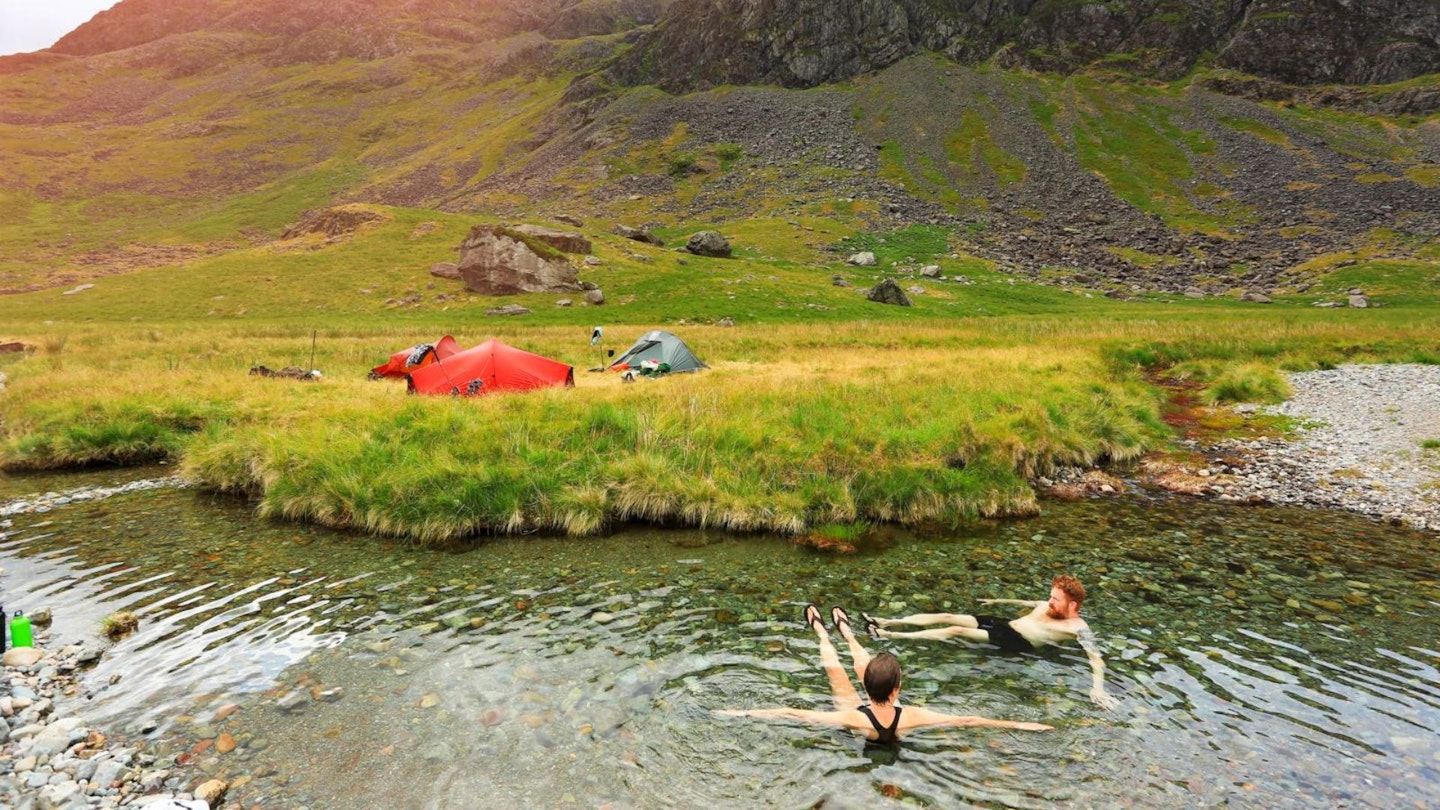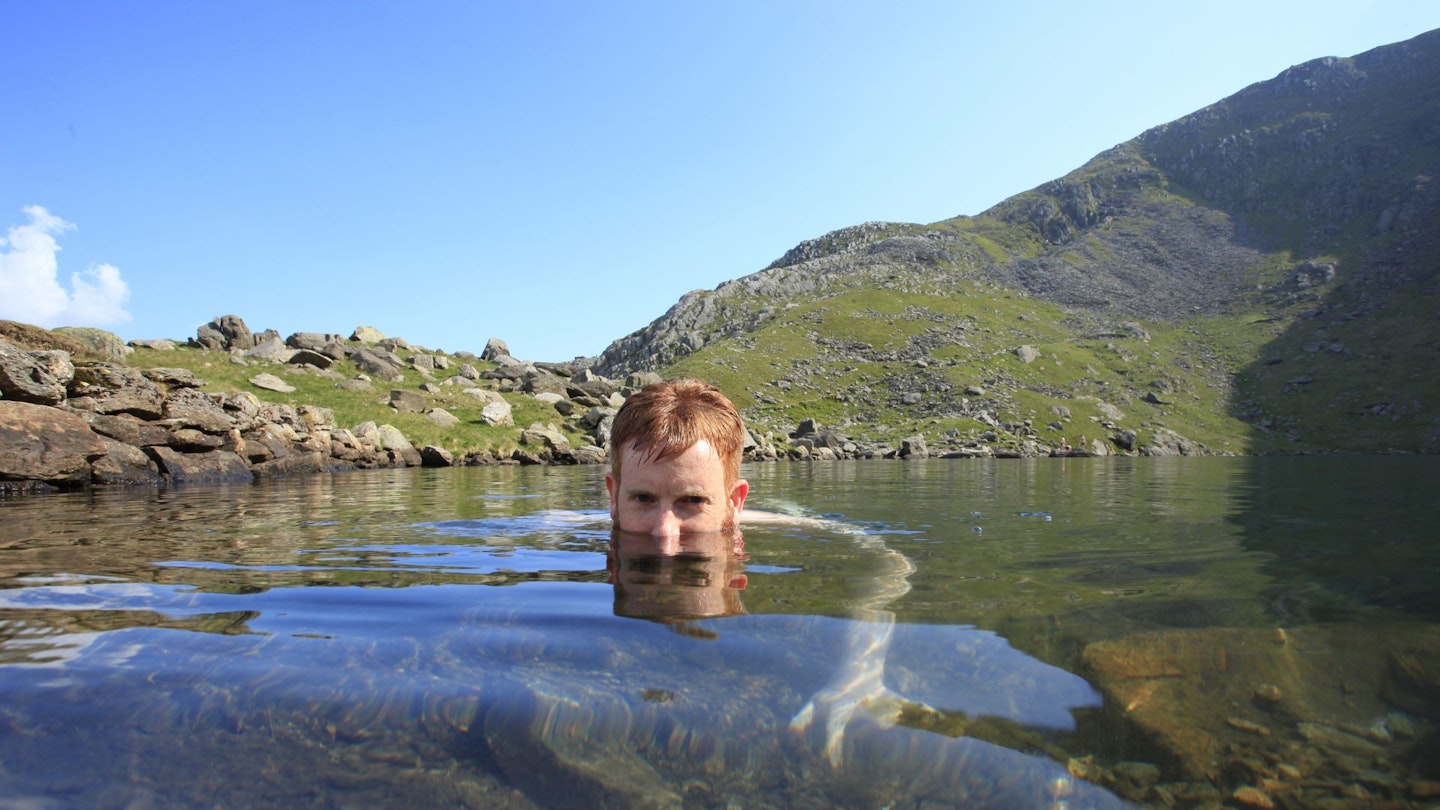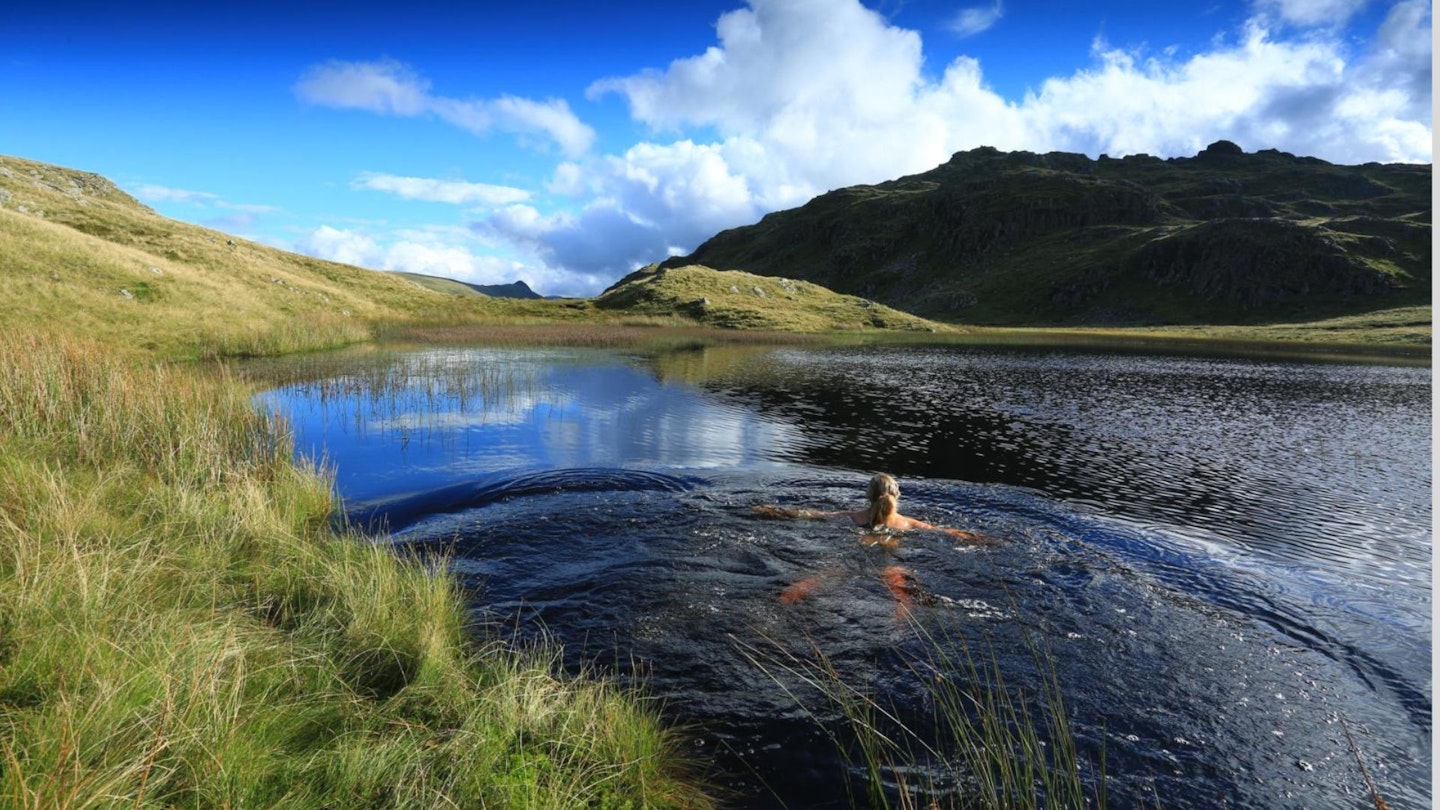There’s something undeniably magical about wild swimming. After miles on the trail, few things rival the feeling of slipping into a cool, natural pool surrounded by mountains, trees, or open skies.
For hikers, it offers the ultimate reward: a refreshing, soul-soothing pause in the heart of nature. But as idyllic as it sounds, wild swimming isn’t just about diving in – especially for beginners.
Unlike a dip in a managed pool or lifeguard-controlled beach, wild swimming comes with its own set of risks and responsibilities. Whether it’s navigating cold water, hidden currents, or even just understanding local guidelines, being prepared can mean the difference between a sublime experience and a serious misstep.
If you’re new to wild swimming – or just looking to do it more safely – this guide is for you. Below are eight essential tips every hiker should know before taking the plunge. From choosing the right spot to packing smart and respecting nature, these insights will help you swim safely, confidently, and with greater awareness of your surroundings.
So unlace your boots, kick off those sweaty hiking socks, and get ready to discover the joy of wild swimming – the right way.
What is wild swimming?

Wild swimming is essentially any form of swimming undertaken in a wild place, whether that’s a lake, river or waterfall. It is more about the location than the activity – wild swimming might be as restful as submerging yourself in a freezing cold pool or front-crawling along a quiet river.
Ultimately, having a communion with nature is the most important thing – doing it with a poet’s heart and enjoying the natural experience.
8 simple wild swimming tips for beginners

Kate Rew, founder of the Outdoor Swimming Society, shares some key wild swimming advice for anyone hoping to try the activity for the first time.
1. Beware the chill
The biggest danger for wild swimmers isn’t wildlife or waves – it’s the cold. Open water is often much colder than it looks, especially in upland areas or after heavy rain. Even in summer, high-altitude lakes and shaded rivers can be bracingly chilly. Always take a moment to assess the water temperature before getting in. And remember: cold shock and hypothermia can set in quickly if you’re unprepared.
2. Get in gradually
Sudden immersion in cold water can trigger an involuntary ‘gasp reflex’ and rapid breathing. To avoid this shock, ease yourself in slowly. Start by wetting your hands, arms and face. Then wade in at a steady pace, giving your body time to adjust. The slower approach not only keeps you safer, it makes the whole experience more enjoyable.

3. Don't stay in too long
Wild swimming doesn’t need to be a marathon. Even short swims can be invigorating and memorable. Cold water saps your body heat fast, especially if you're not wearing a wetsuit. Listen to your body, get out before you feel too cold, and have warm, dry clothes ready to change into straight away.
4. Don't be too ambitious
It’s tempting to aim for the opposite side of a lake, but cold water drains your energy quickly – even strong swimmers can tire faster than expected. As your body cools, it prioritizes sending warm blood to your core, reducing strength in your arms and legs. This condition, known as cold incapacitation, makes swimming long distances risky. Keep swims short, and always within your comfort zone.

5. Don't panic, float on your back
If you start to panic, try to resist the urge to flail. Instead, turn onto your back and float. This position helps conserve energy and keeps your airway clear. Once you’ve calmed your breathing, reassess the situation and begin moving back to shore if it’s safe to do so. Staying calm is one of your greatest assets in the water.
6. Stay close to the shore
Exploration is great, but in wild swimming it’s best done close to the bank. Venturing far out can lead to trouble if you get tired or cold. Plus, wildlife, plants, and interesting rock formations are often right near the edge. Swimming close to shore keeps you safer and lets you enjoy your surroundings more easily.

7. Don't jump in...
…without checking what’s beneath the surface. Water levels in wild areas can fluctuate dramatically, especially after rain or drought. What was deep last week might be shallow today. Underwater rocks can also shift and pose hazards. Always wade in first or check from a safe vantage point before leaping in.
8. Take care around waterfalls
Aerated water – where water and air mix – reduces buoyancy, making it much harder to stay afloat. Waterfalls, cascades, and chutes also often have strong currents that funnel through narrow gaps in the rocks. These currents can trap or overwhelm swimmers. Admire waterfalls from a safe distance, and avoid swimming directly beneath them unless you’re absolutely sure it’s safe.

About the author
Kate Rew (below) founded The Outdoor Swimming Society – a free international network for swimmers that aims to inspire and inform free swimming. She's also an author and journalist based in Somerset, and originally wrote this article for Trail magazine.

